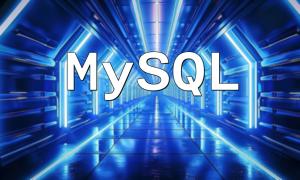As the internet continues to grow, content management systems (CMS) have become an integral part of website development. A CMS helps website administrators manage and publish content, and the email push feature allows users to receive real-time notifications of the latest articles or events. This article explains how to implement CMS email push functionality using Python, from installing dependencies to sending emails.
Before implementing email push functionality with Python, we need to install the necessary libraries. We'll use the smtplib library for sending emails, and the email library to construct email content. To install these libraries, run the following commands in the terminal:
pip install smtplib
pip install email
To send emails, the first step is to connect to an SMTP (Simple Mail Transfer Protocol) server. SMTP servers are responsible for transferring emails from the sender to the receiver. Different email providers use different SMTP server addresses and ports. Below is an example of how to connect to an SMTP server using Python:
import smtplib
# SMTP server address and port
smtp_server = 'smtp.qq.com'
smtp_port = 465
# Connect to the SMTP server
server = smtplib.SMTP_SSL(smtp_server, smtp_port)
After successfully connecting to the SMTP server, you need to log in to the email server using your email address and password. Here’s an example of how to do it:
# Email account and password
email_address = 'your_email_address'
email_password = 'your_email_password'
# Log in to the email server
server.login(email_address, email_password)
Once logged in, you can start creating the email content. The email library allows you to construct the content of the email. Here’s an example of how to create the email using Python:
from email.mime.text import MIMEText
from email.header import Header
# Create the email content
subject = 'Email Subject'
content = 'Email Content'
sender = 'sender_email'
receiver = 'receiver_email'
message = MIMEText(content, 'plain', 'utf-8')
message['From'] = Header(sender, 'utf-8')
message['To'] = Header(receiver, 'utf-8')
message['Subject'] = Header(subject, 'utf-8')
After creating the email content, you can use the sendmail method to send the email. Below is the code for sending the email:
# Send the email
server.sendmail(sender, receiver, message.as_string())
Once the email is sent, you need to close the connection with the SMTP server. Here is the code to close the connection:
# Close the connection
server.quit()
By following the steps outlined above, you can implement email push functionality for your CMS system using Python. This allows you to notify users of new articles, events, and other updates via email. We hope this article helps you. If you have any questions, feel free to leave a comment below for further discussion.









